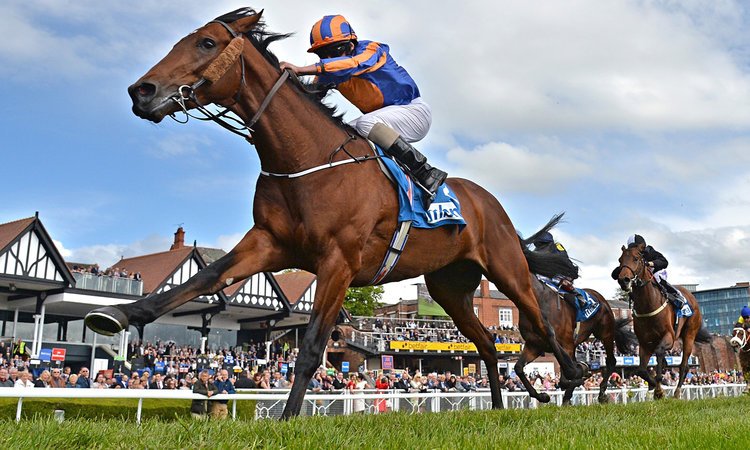Historic Chester
Chester is a walled city in Cheshire, England. Lying on the River Dee, close to the border with Wales.
Chester was founded as a Roman fort with the name Deva Victrix in AD79. One of the three main army camps in the Roman province of Britannia, Deva later became a major civilian settlement. In 689, King Æthelred of Mercia founded the Minster Church of West Mercia, which later became Chester’s first cathedral, and the Saxons extended and strengthened the walls, much of which remain, to protect the city against the Danes. Chester was one of the last cities in England to fall to the Normans. William the Conqueror ordered the construction of a castle, to dominate the town and the nearby Welsh border.

Chester is one of the best preserved walled cities in Britain. The walls encircle the bounds of the medieval city,the full circuit measuring nearly 2 miles. A footpath runs along the top of the walls, crossing roads by bridges over Eastgate, Northgate, St Martin’s Gate, Watergate, Bridgegate, Newgate,and the Wolf Gate. On Eastgate is Eastgate Clock which is said to be the most photographed clock in England after Big Ben.
In the old city, the Rows is a shopping district distinguished by 2-level covered arcades and Tudor-style half-timber buildings. A Roman amphitheatre, with ongoing excavations, lies just outside the old city’s walls.

A day at Chester races is an unforgettable experience for all the right reasons!
Chester is renowned for being a glamorous venue where style and fashion go hand in hand with the racing action.
Chester Racecourse is the oldest Racecourse in Britain.
Racing begins with the three day May Festival putting Chester in the racing spotlight nationally. After May, another 12 days / evenings of racing are on offer throughout the summer. Each fixture has its own unique identity to ensure a wide-ranging appeal.
Subscribe
Subscribe for events, news and special offers.